Key Takeaways
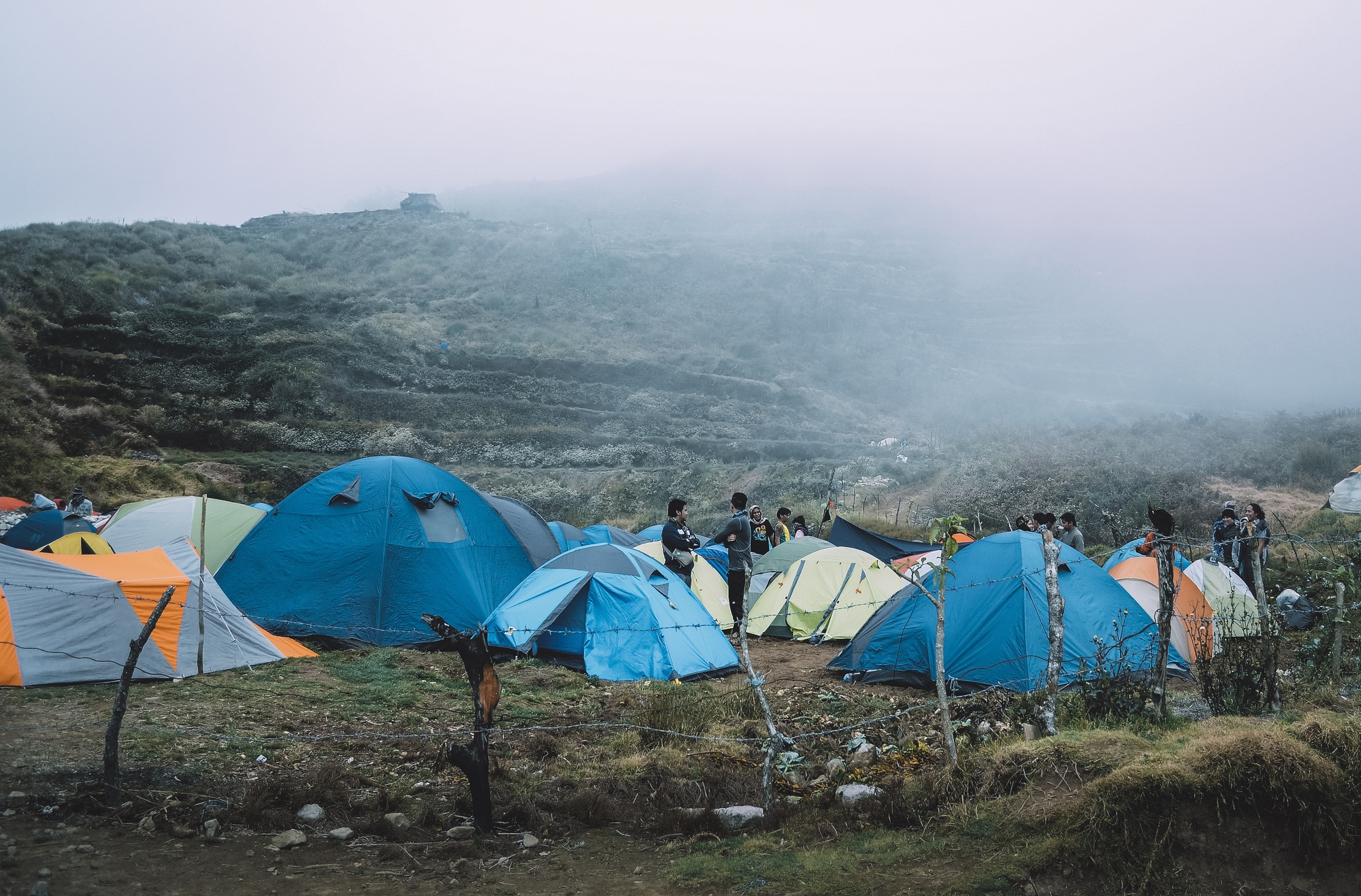
- Understanding Risks: Be aware of risks associated with extreme cold, such as frozen pipes, power outages, employee safety, and inventory damage, which can impact both individuals and small businesses.
- Effective Preparation: Winterize your infrastructure by inspecting insulation, sealing windows, and stocking essential supplies like antifreeze and shovels to mitigate risks during severe weather.
- Layering for Warmth: Implement proper layering techniques with moisture-wicking base layers, insulating mid layers, and protective outer layers to stay warm in extreme cold conditions.
- Home and Business Readiness: Ensure your heating systems are efficient and protect plumbing from freezing by insulating pipes and maintaining a steady temperature in your business environment.
- Emergency Kits: Prepare comprehensive emergency kits with non-perishable food, water, first aid supplies, and safety items to ensure safety and comfort during harsh winter months.
- Stay Informed: Monitor weather updates regularly and utilize community resources to stay informed about weather conditions and safety measures that affect your business operations.
As winter approaches, the threat of extreme cold weather looms larger. It’s not just about bundling up; being prepared can mean the difference between comfort and danger. You might think you’re ready, but there’s more to it than just a warm coat and a pair of gloves.
From ensuring your home is winter-ready to knowing how to dress in layers, proper preparation is essential. Understanding the risks associated with extreme cold can help you stay safe and healthy. Let’s dive into practical tips and strategies that will keep you warm and secure when temperatures plummet.
Understanding Extreme Cold Weather

Preparing for extreme cold weather is crucial for both personal safety and business operations. You must recognize the risks and challenges associated with severe winter conditions to protect your small business effectively.
The Risks and Challenges
Extreme cold weather can lead to several risks for small businesses, including:
- Frozen pipes: Damaged plumbing can halt operations and result in costly repairs.
- Power outages: Severe cold can strain power grids, causing interruptions that affect productivity.
- Employee safety: Harsh conditions may impede workers’ ability to commute safely to your location.
- Inventory damage: Cold temperatures can harm sensitive products, leading to losses.
These risks can affect not just your daily operations, but also your bottom line.
Importance of Preparation
Preparation plays an essential role in mitigating risks during extreme cold. You should:
- Winterize your infrastructure: Inspect insulation, seal windows, and ensure heating systems work efficiently.
- Stock up on supplies: Keep essential items like antifreeze, shovels, and de-icing materials available.
- Create a contingency plan: Develop procedures for remote work, flexible hours, or temporary closures if conditions become hazardous.
Being proactive safeguards your business against severe winter challenges and ensures continued safety and productivity.
Essential Clothing and Gear

Preparing for extreme cold weather involves selecting the right clothing and gear. Proper attire keeps you warm and safe, which is vital for small business operations during harsh winter months.
Layering Techniques
Layering stands as a fundamental approach to staying warm. Here’s how you can apply layering techniques effectively:
- Base Layer: Your base layer sits directly against your skin. Choose moisture-wicking fabrics that manage sweat, keeping you dry under your clothing. Items like long underwear, sports bras, and briefs keep warmth close to your body. The thickness of this layer should vary based on your activity level.
- Mid Layer: The mid layer serves to trap heat while allowing flexibility. Fleece materials excel for this layer, offering warmth without adding bulk. Vests provide a great option to keep your core warm, ensuring that your arms can move freely as you work.
- Outer Layer: Your outer layer protects against wind, snow, and rain. Select a waterproof and windproof jacket to shield against the elements. This layer needs to fit comfortably over your mid and base layers, allowing for easy movement while keeping you warm.
Recommended Materials
Choosing the right materials enhances the effectiveness of your clothing. Here are some recommended fabrics:
- Wool: Known for its insulating properties, wool retains heat even when wet, making it suitable for cold weather attire.
- Synthetic Fabrics: Look for polyester or nylon blends in your base layer. These materials are lightweight, moisture-wicking, and quick-drying, beneficial for small business environments.
- Down Insulation: Down jackets provide excellent warmth-to-weight ratios and compact easily.
Investing in these materials ensures comfort and protection while navigating extreme cold weather, ultimately supporting your small business’s productivity during winter months.
Home Preparation Strategies
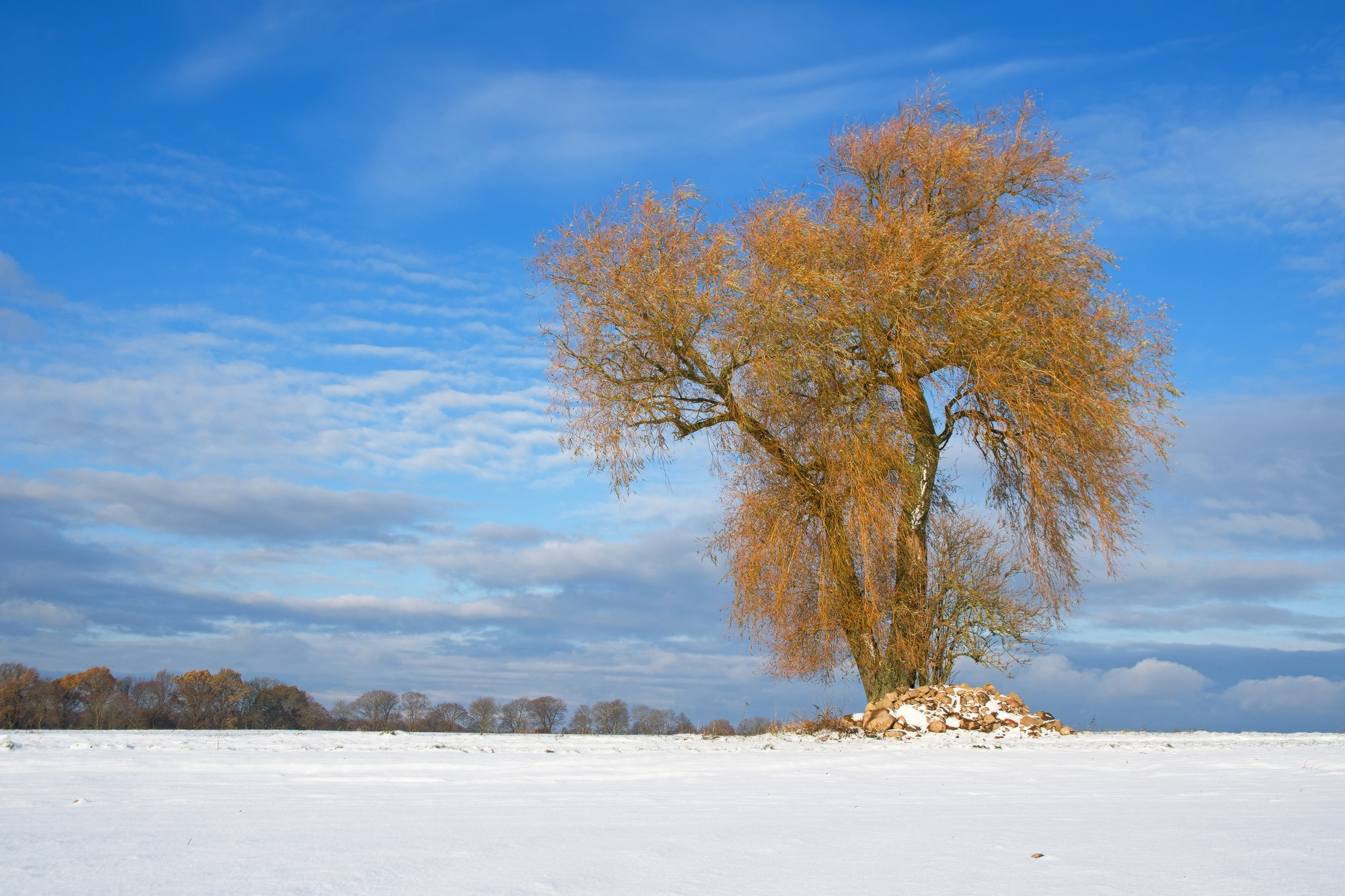
Preparing your small business for extreme cold weather involves key strategies to ensure safety and functionality. Implementing effective insulation, heating, and pipe protection can safeguard your operations during severe weather.
Insulation and Heating Tips
- Inspect insulation in walls, attics, and basements to maintain warmth. Proper insulation reduces heating costs and enhances comfort.
- Seal gaps and cracks around windows and doors, preventing cold air from entering. Use weather stripping or caulk to create a tight seal.
- Maintain heating systems to ensure they operate efficiently. Schedule a professional inspection before winter to identify and address any issues.
- Utilize space heaters cautiously in poorly insulated areas. Ensure they’re properly ventilated and keep flammable materials away.
Preventing Frozen Pipes
- Insulate all pipes, particularly those in unheated areas. Use foam pipe insulation or wrap them with heating tape for extra protection.
- Allow faucets to drip during extreme cold. Increased water flow reduces the pressure inside pipes, helping to prevent freezing.
- Open cabinets under sinks to let warm air circulate around plumbing. This step is especially crucial in exterior walls.
- Keep the thermostat at a consistent temperature, even when the business is closed. This practice helps maintain a stable environment for your plumbing.
By focusing on insulation, efficient heating, and protecting your plumbing, you can ensure your small business remains operational during extreme cold weather.
Emergency Kits and Supplies
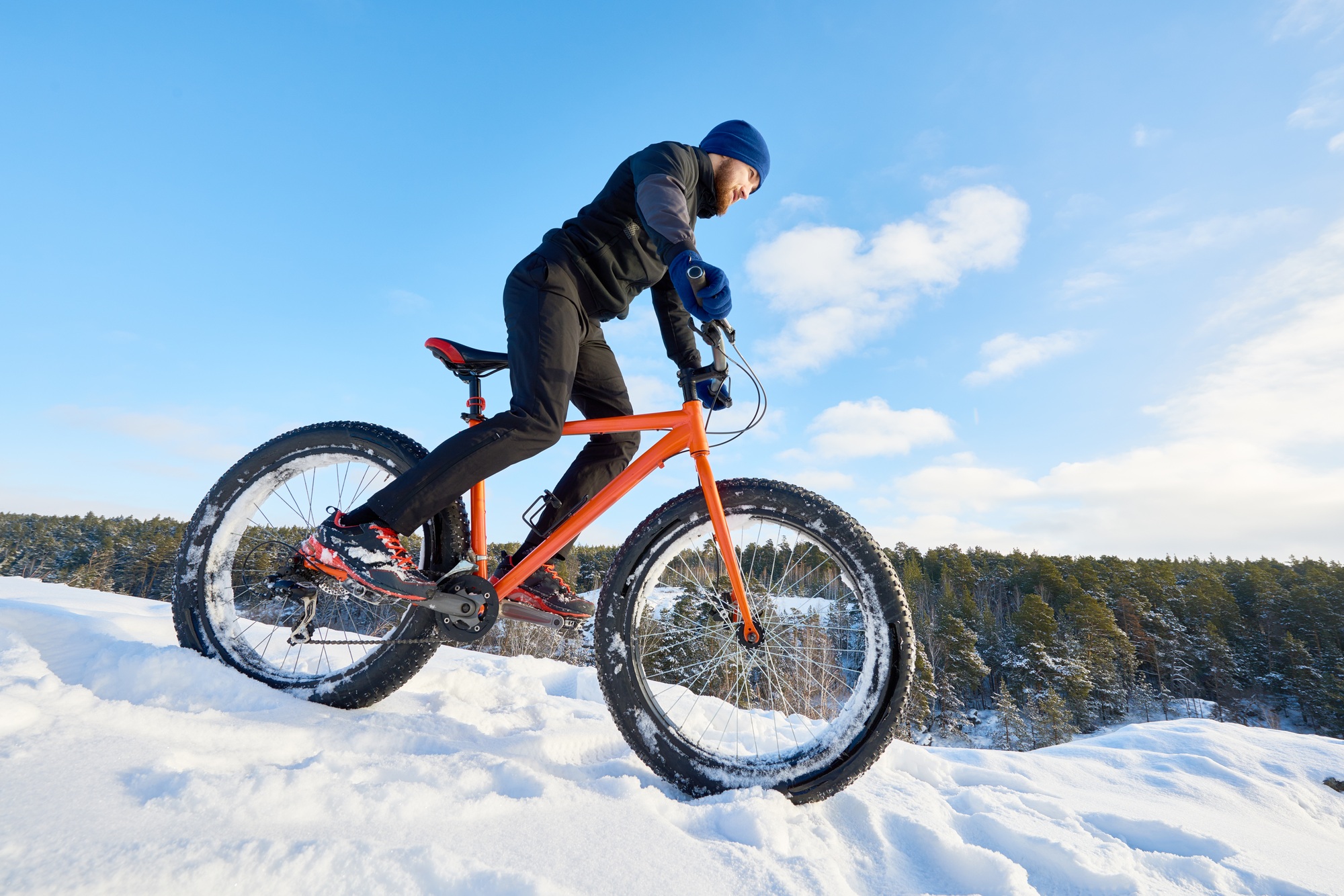
Preparing an emergency kit is essential for navigating extreme cold weather, especially for small business owners. Focus on comprehensive supplies that ensure safety and comfort during harsh winter conditions.
Food and Water Storage
Store a minimum of three days’ worth of non-perishable food items and water for each person in your household or team. Foods like canned goods, dried fruits, and protein bars offer useful nutrition. For water, allocate at least one gallon per person daily. Consider stocking additional supplies for any staff who may need to stay overnight at your business during severe weather.
First Aid and Safety Items
Include first aid kits that cover basic medical supplies, such as bandages, antiseptics, and medications. Ensure your kit addresses specific health needs for employees, like allergy medications or prescriptions. Equip your business with safety items like flashlights, spare batteries, emergency blankets, a battery-operated radio, and a whistle to signal for help. Keeping these items accessible can enhance preparedness and support employee safety during extreme cold weather.
Staying Informed and Aware
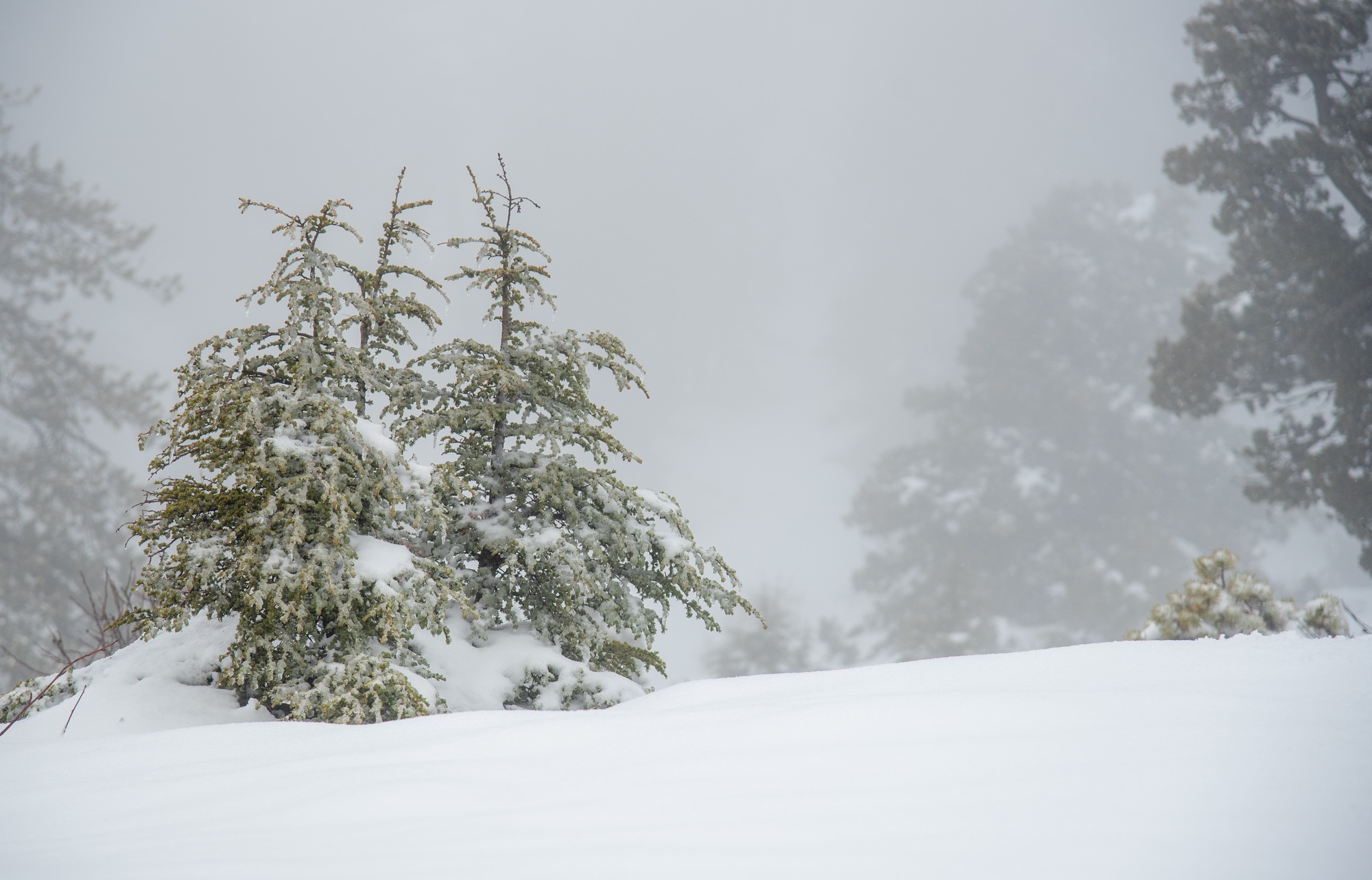
Staying informed about extreme cold weather is vital for small business owners. Awareness helps you directly respond to weather changes, ensuring safety for you and your employees.
Monitoring Weather Updates
Regularly check local weather forecasts to track temperature drops and inclement conditions. Utilize trusted sources, such as the National Weather Service or local meteorologists, to get timely updates. Plan accordingly by anticipating adverse weather. For instance, if heavy snow is expected, consider adjusting work hours to prioritize employee safety and operational efficiency.
Community Resources
Leverage community resources to enhance preparedness during extreme cold. Local authorities and organizations often provide valuable information on safety measures and available assistance. Attend community meetings or subscribe to alerts from local emergency services for real-time updates. Connect with fellow small business owners in your area to share insights and strategies. Collaboration strengthens your network and provides additional resources when navigating severe winter conditions.
Conclusion

Preparing for extreme cold weather is essential for your safety and the success of your business. By taking proactive steps to winterize your home and investing in the right clothing and gear, you can effectively combat the harsh conditions.
Don’t underestimate the importance of having an emergency kit and staying informed about weather updates. These preparations not only protect you but also ensure your business can continue operating smoothly.
Embrace the winter months with confidence by implementing these strategies and fostering a network of support with fellow business owners. Your readiness will make all the difference when facing the challenges of extreme cold.
Frequently Asked Questions
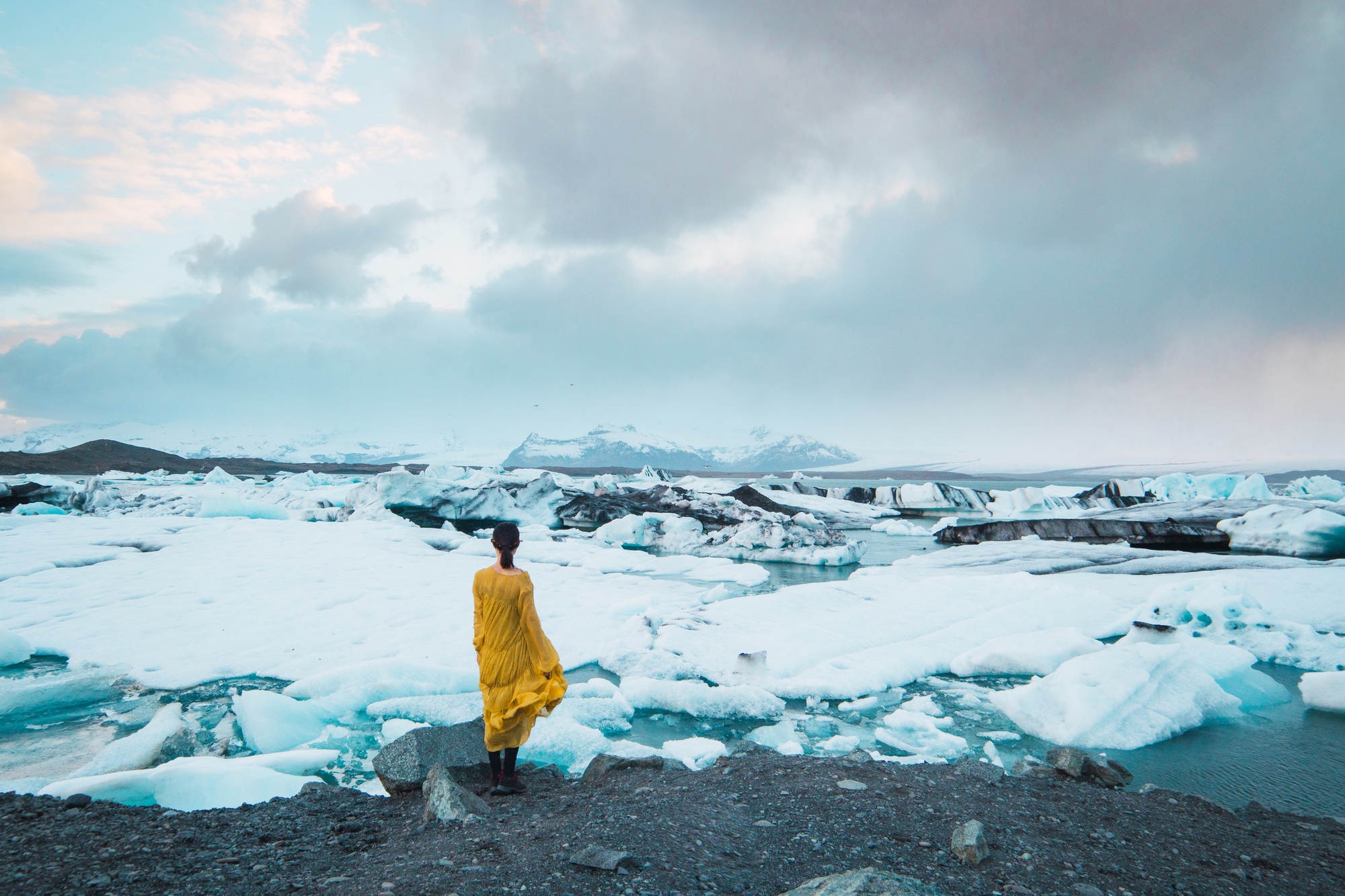
Why is it important to prepare for extreme cold weather?
Preparing for extreme cold weather is vital to ensure safety, comfort, and the continued operation of both personal and business activities. Adequate preparation helps prevent risks like frozen pipes, power outages, and employee safety concerns, ultimately safeguarding health and productivity.
What are some key strategies for winter-proofing my home?
Key strategies for winter-proofing your home include sealing gaps around windows and doors, insulating pipes, maintaining heating systems, and adding extra insulation in walls and attics. These actions help maintain warmth and prevent damage during harsh winter conditions.
How can I dress appropriately for extreme cold?
To dress appropriately for extreme cold, use layering techniques: wear a moisture-wicking base layer, an insulating mid-layer, and a waterproof outer layer. Opt for materials like wool, synthetic fabrics, and down insulation to retain body heat effectively.
What should I include in an emergency kit for winter?
An emergency kit for winter should contain at least three days’ worth of non-perishable food and water per person, first aid supplies, flashlights, batteries, emergency blankets, and a battery-operated radio. These items enhance safety and help navigate harsh conditions.
How can small businesses ensure employee safety during winter?
Small businesses can ensure employee safety during winter by staying informed about weather forecasts, adjusting work hours as needed, and preparing the workplace with proper insulation and heating. Engaging with community resources can also strengthen preparedness efforts.
What should I do if my pipes freeze in extreme cold?
If your pipes freeze, turn off the water supply immediately and try to thaw them gently using a hairdryer or heat tape. Avoid using open flames. To prevent freezing, insulate pipes and keep cabinet doors open to circulate warm air.
Image Via Envato: ADDICTIVE_STOCK, travellersnep, mpalis, Media_photos, perutskyy, OksaLy, Kotenko, ajbuenavista



